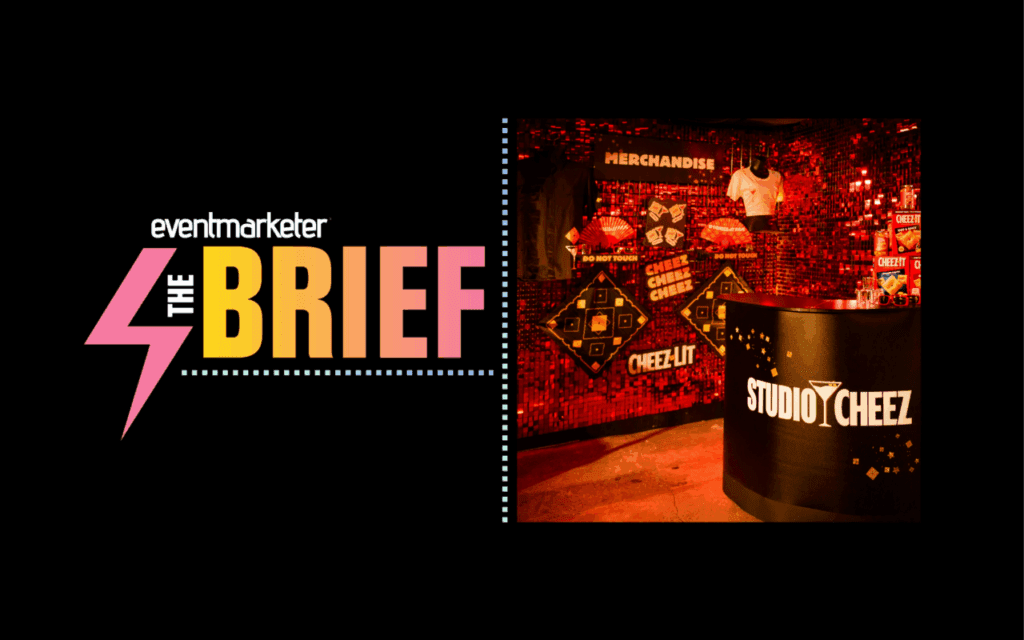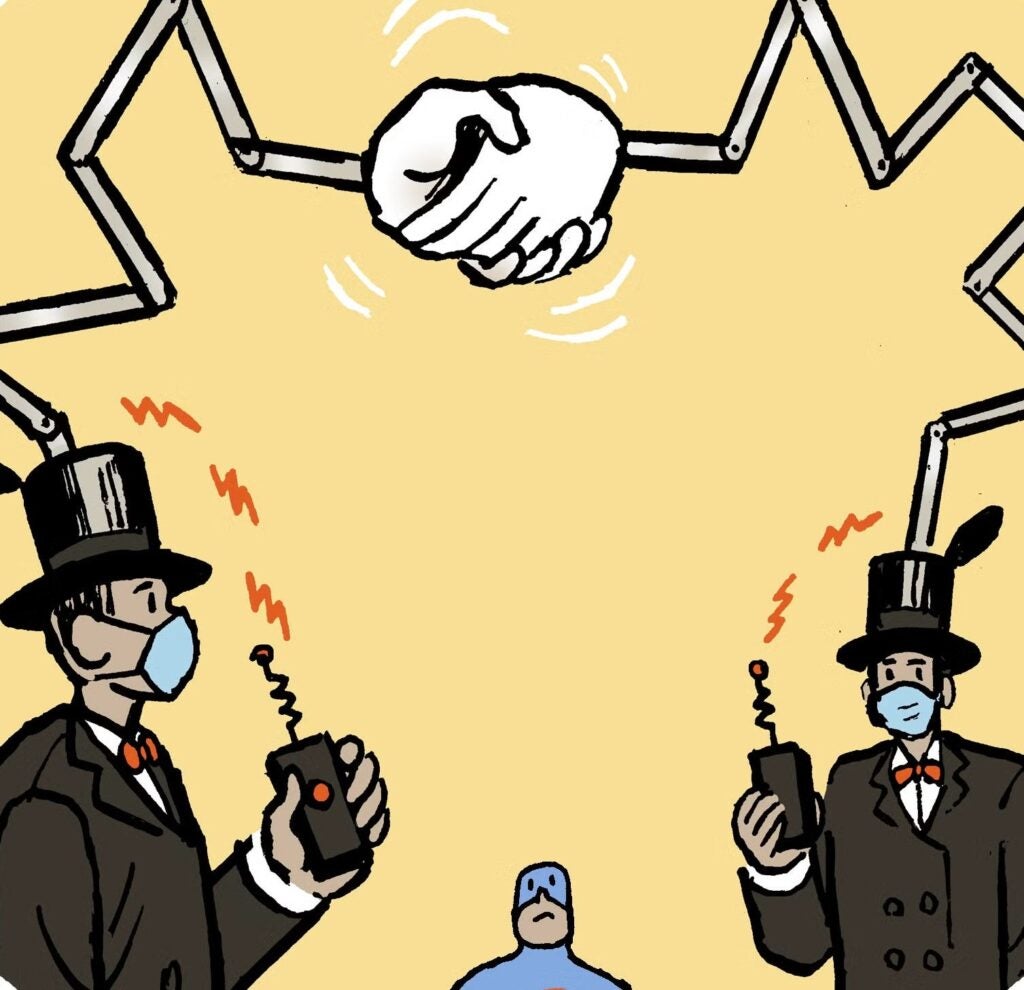For your organization to get its fair share of the sales pie, you have to ensure your customer touchpoints are on point—namely, that you deliver the experience that 78 percent of Millennials crave, presented in a way that truly connects with them.
To make that goal a reality, your marketing team must understand how to sort through the surplus of data available today to uncover the information that will help you plan impactful events and experiential campaigns, and, ultimately, move your brand closer to success.
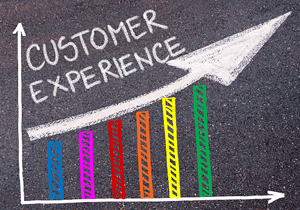 Tools to Take Your Events to the Next Level
Tools to Take Your Events to the Next Level
It’s the age of information. Marketers have a plethora of data on everything from consumer habits to industry shifts to societal trends. Though this deluge of data has helped marketers in many ways, it has also made it more difficult to decipher and leverage what’s pertinent to your brand and your consumers.
In fact, the 2016 CMO Survey revealed that marketers today are spending six percent of their budgets on data analytics, yet only a third can prove the impact that expenditure has had. Luckily, there are steps you can take to not only identify the consumer data that will move your organization forward, but also build this information into your next experiential marketing campaign to maximize your return on investment.
1. Find innovative ways to capture your audience’s attention
Events can be overwhelming for attendees. They’re bombarded with information from every direction, all day long. To truly capture your audience’s attention and set your brand apart from competitors, it’s imperative you personalize or gamify your brand’s offerings with an infusion of technology.
Creative videos are all the rage in marketing right now. In fact, Wyzowl found that 61 percent of businesses are incorporating video into their marketing efforts. When it comes to experiential marketing, videos are fun and relatively low-cost ways to build connections with your audience—especially live videos, which are cheaper to produce and are still popular with most consumers. And studies have shown that info-driven videos can accelerate sales by as much as 74 percent.
Augmented reality and virtual reality are also very in demand right now. Devices are becoming more affordable, and AR/VR tech is even being incorporated into social media platforms. By integrating AR/VR tech into your events, you can gamify your customer experience, adding an element of fun. Or you can combine it with 360-degree video to offer a unique, in-depth look into what your brand has to offer.
2. Expand your consumer outreach capabilities
Consumers today crave instant communication and instant gratification. They want to be able to engage with brands they like anywhere, any time. And once they’ve made a purchase, they want their product or service ASAP. To keep your brand on their radar, you must find ways to make communicating with consumers expedient and satisfying before, during, and after an event.
Start expanding outreach by experimenting with mobile technology, particularly wearables. Because wearable tech is no longer limited to health stats, it’s more popular than ever. In fact, BI Intelligence predicts the wearable market will reach nearly 163 million units by 2020.
A recent survey found that nearly 70 percent of consumers are ready to engage with brands via wearable devices. So whether you opt for a branded app or an email alert system, find some way to connect with consumers through their wearables.
You can also communicate with consumers before, during, and after an event via social media. An estimated 88 percent of internet users have a Facebook account, with Instagram’s and Twitter’s popularity not far behind. By maintaining an active presence on the main social media platforms, you can promote upcoming events, share photos from recent engagements, respond to questions or feedback, and pass along exclusive deals and discounts.
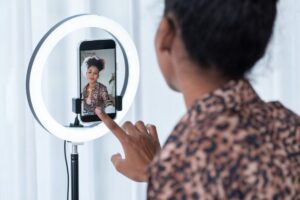
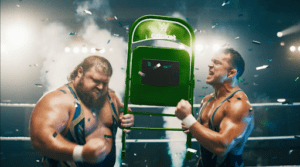
 Network
Network